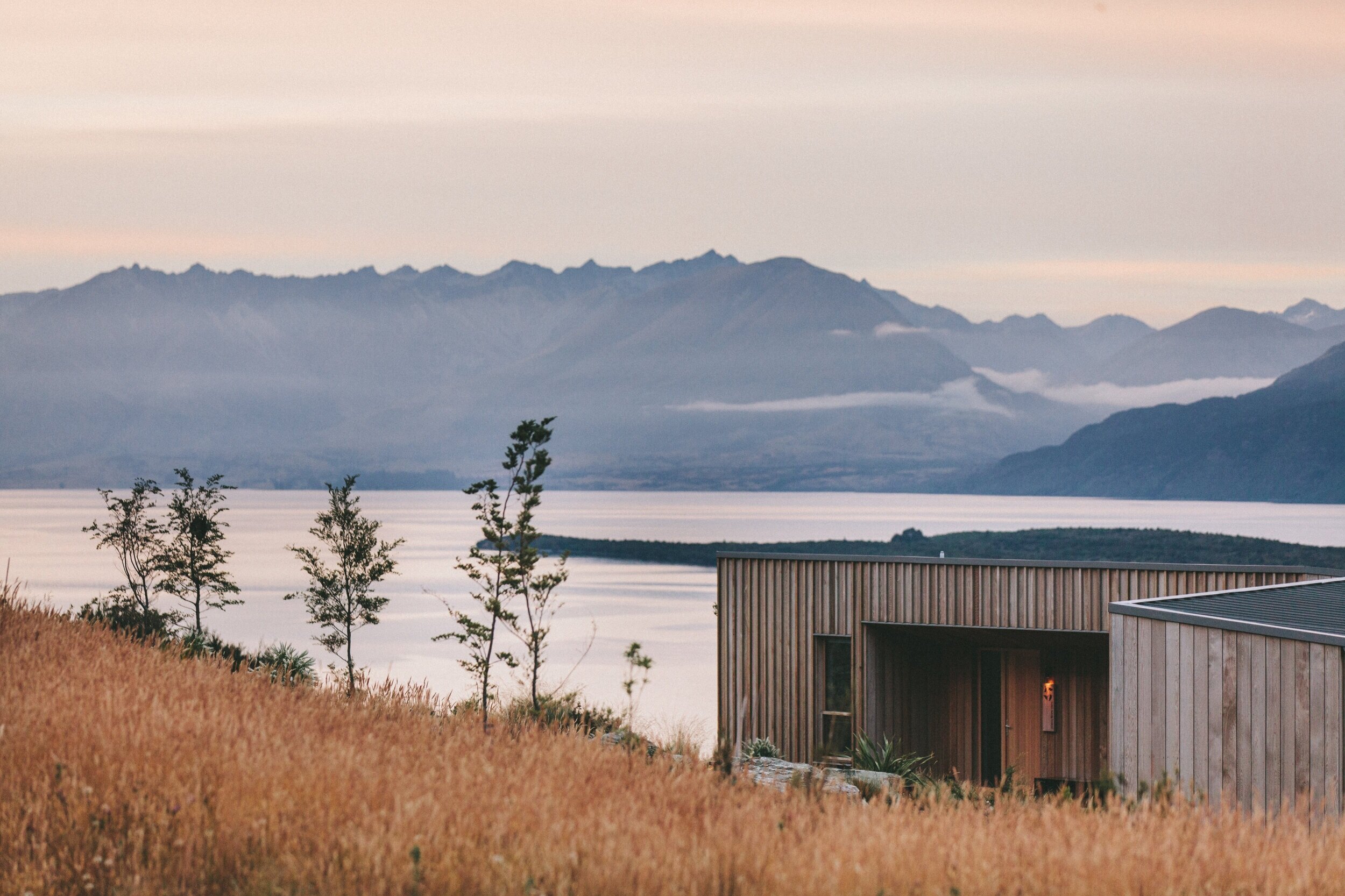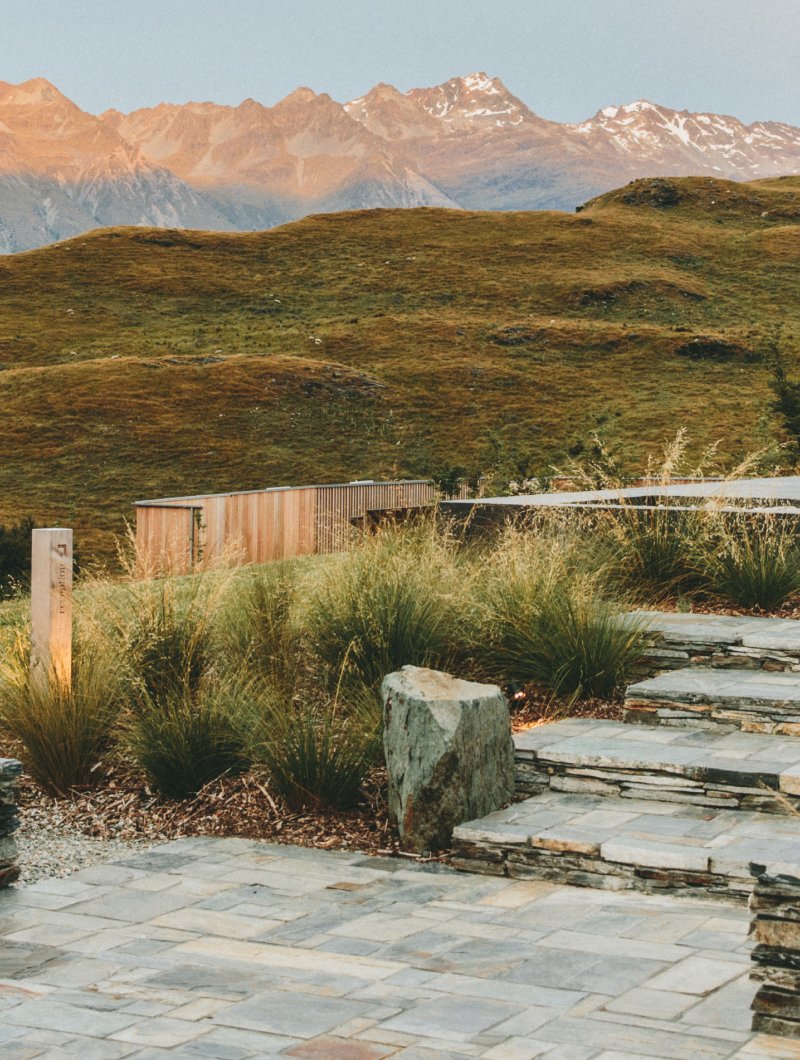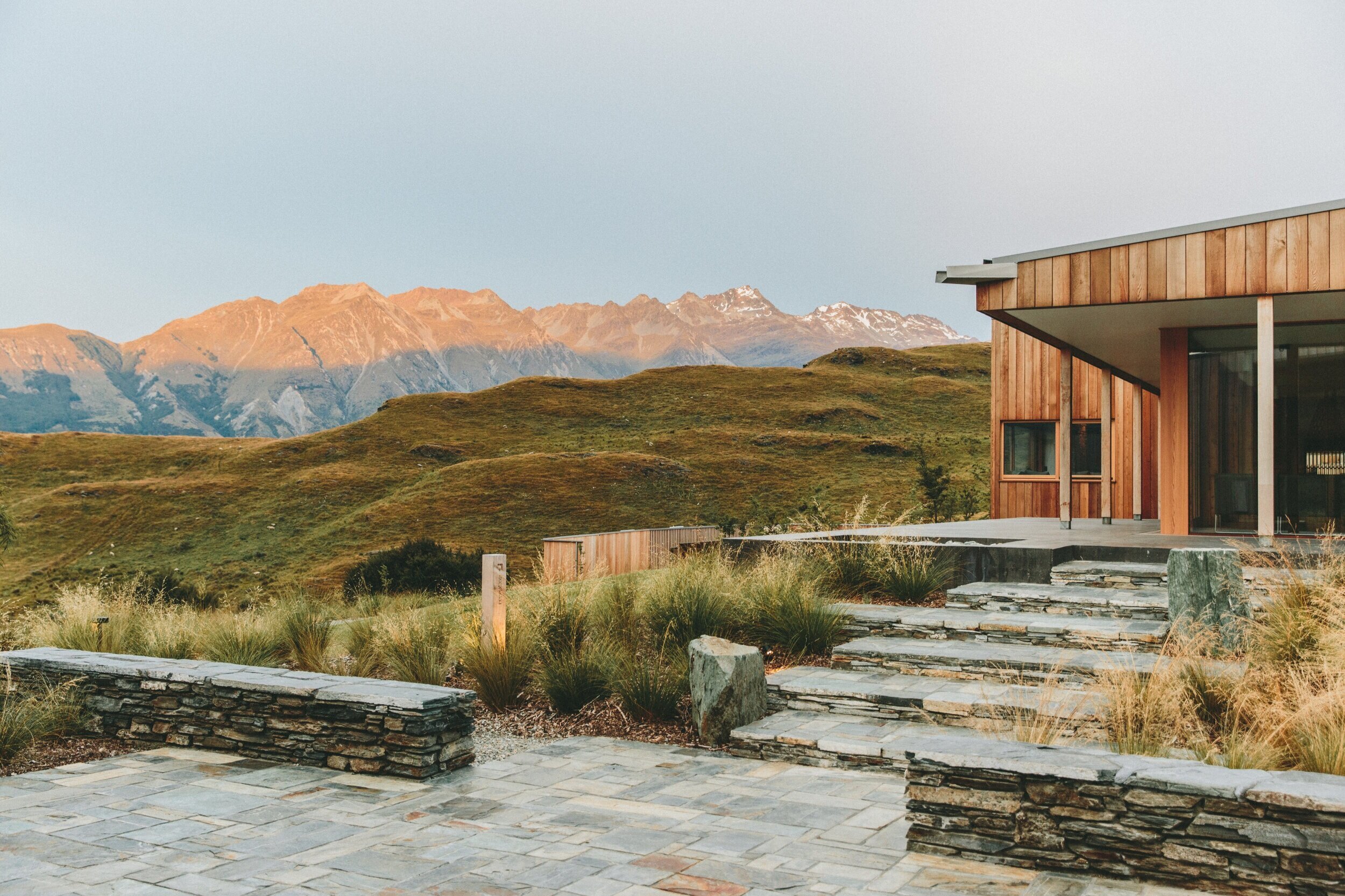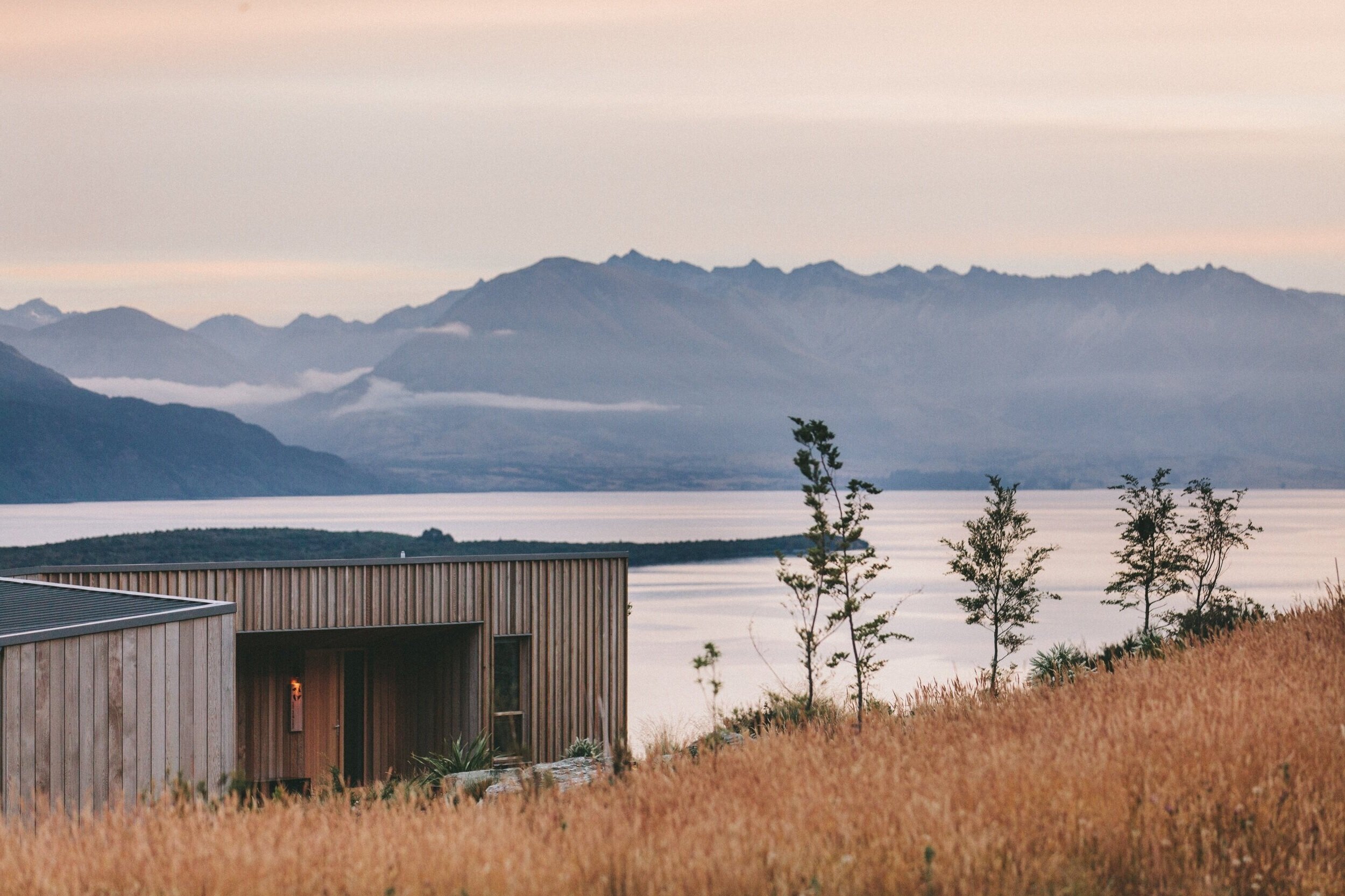IN THIS LESSON
Just like a video game world can evolve with new updates or levels, neighborhoods in real life can change over time, too!
Sometimes they get upgraded with new buildings, parks, or shops. Other times, people move in and out, and the whole vibe of the area changes. This process is called development — and in some cases, it leads to something called gentrification. Let’s explore how neighborhoods change and what it means for the people living there!
What is Neighborhood Development? 🏗️🌳
Neighborhood development happens when new things are built, like homes, parks, stores, or even schools. Think of it like when your favorite game gets a new map or an update — suddenly, there are fresh things to explore! In real life, developers (people who build things) look for neighborhoods that could use improvements or areas where people might want to live.
Why does it happen?
Growing population: When more people move into a city, new homes and businesses are needed.
Upgrading: Older areas might need a facelift, with new buildings replacing old, worn-out ones.
What does it look like?
New apartment buildings, stores, or parks.
Roads being fixed or improved.
More people moving into the area.
What is Gentrification? 🏘️💸
Gentrification is a special kind of neighborhood change. It happens when a once less expensive or rundown area gets upgraded, and wealthier people move in. While it can make neighborhoods look nicer and bring new businesses, it can also push out people who have lived there for a long time because they can no longer afford it.
Think of it like a game where a new update makes everything more expensive. The cool new features might make it more attractive, but not everyone can afford to stay and play in the same area.
Why does it happen?
Developers fix up old houses, add trendy shops, and improve the area.
As the neighborhood becomes nicer, prices for homes and rent go up.
What does it look like?
Old buildings are renovated or replaced with fancier homes or businesses.
Rent and house prices start to rise.
New people, often with more money, move into the area.
The Pros and Cons of Gentrification ⚖️
Gentrification is like a double-edged sword in a game — it can be both good and bad for neighborhoods. Let’s look at the pros and cons of gentrification:
-
Nicer buildings and streets: The neighborhood gets a facelift, with better-looking homes, shops, and public spaces.
New businesses and jobs: More businesses open, offering more places to eat, shop, and work.
Safer and cleaner: Renovations often make the area feel safer and more welcoming.
-
Rising prices: As rent and house prices go up, some of the people who have lived there for years can no longer afford to stay. It’s like when a game suddenly makes everything cost more coins, and not everyone can keep playing in the same area.
Loss of community: Long-time residents may feel pushed out, and the original culture of the neighborhood might disappear as wealthier people move in.
Why Do Neighborhoods Change Over Time? ⏳
Just like games get updates to keep them fresh, neighborhoods change to meet the needs of the people living there. Here are a few reasons why neighborhoods change:
Population Growth: As more people move into cities, there’s a need for more homes, schools, and businesses.
Aging Buildings: Old buildings wear down, and developers want to fix them up or replace them with newer ones.
Economic Opportunities: Developers see areas that could become more popular and decide to invest money there, hoping to attract new residents or businesses.
Sometimes, neighborhoods change slowly over time. Other times, changes happen quickly, and it feels like a new place almost overnight!
The Balance of Development 🏙️🌱
The key is to find a balance when neighborhoods develop. New homes, shops, and parks can be great for everyone, but it’s also important to make sure that the people who already live there can stay and enjoy the improvements. It’s like in a game where updates make things more fun, but you want to make sure everyone can still play and enjoy the new features.
Communities and city planners try to find ways to make neighborhoods better without pushing out the people who have been there for a long time. This helps keep the neighborhood diverse and vibrant, with something for everyone!
-
Add a short summary or a list of helpful resources here.





